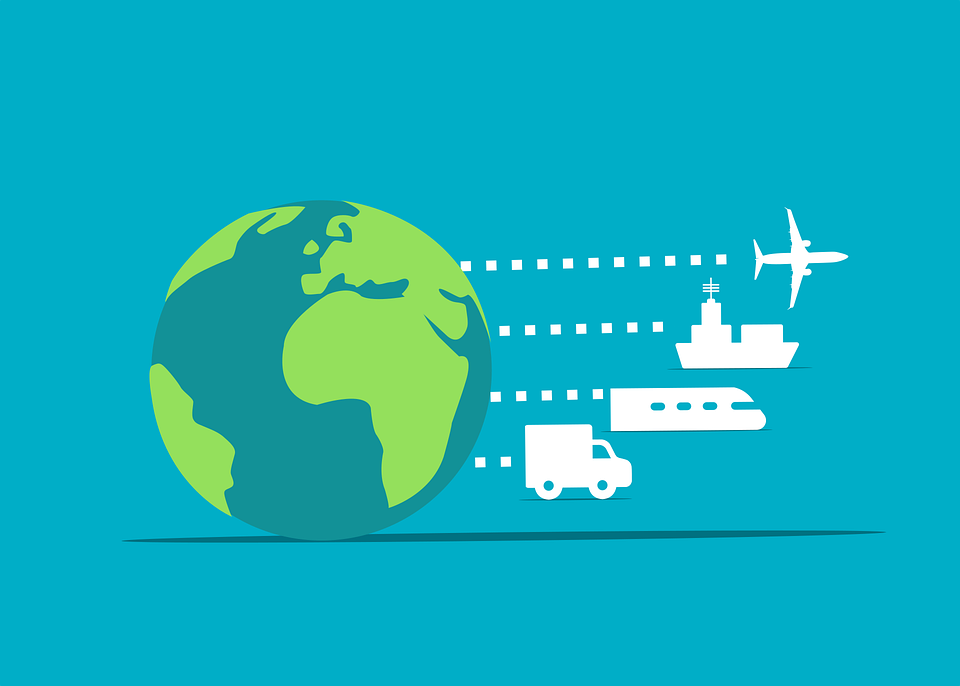Connecting You to the World
What is IoT?
In the modern age, around 97% of the American population owns a mobile phone according to Pew Research. This powerful device allows one to connect to almost anything, with anyone, anywhere, and at any time. When we connect to another device–be it a router or a mobile hotspot–we are connecting to a physical network of “things,” or in other words, the Internet of Things (IoT). This network is made up of objects or devices that are embedded with sensors, software, and other technologies with the purpose of communicating and exchanging data with other devices and systems via the internet.
What Ways can IoT Connect?
Most modern devices are fairly versatile when it comes to connecting to the IoT. These connections range from the basic cellular method to satellite connectivity. However, these are only some of the methods used to connect to the IoT. For example:
Cellular networks are a common means of connecting to IoT. Cellular networks have the capacity to handle the current limitations of broadcasting high-quality video and voice to personal devices. However, these devices need to be connected to a direct power source or have a high-capacity rechargeable battery in order to support a broad coverage and bandwidth, even though 5G is on the horizon.
LPWAN, otherwise known as Low-Power Wide Area Network, combats the need for high-capacity batteries. This is accomplished by creating a network of interconnected devices which allow a plethora of devices and electronic systems to gather and transmit data. Furthermore, LPWAN helps businesses who rely on it to save on transmission costs while giving them the ability to transmit over large distances. It also combats the need for large battery capacity by using less data.
While most networks may have a wide broadcasting range, there is another way of connecting to IoT. Satellites are great for coverage. This is a perfect solution for areas where other forms of internet connectivity are overshadowed by so-called ‘white-spots.’ This out-of-this-world means of IoT connectivity grants users global access to other globally connected devices and networks.
Compared to its orbiting cousin, the most commonly used method of connectivity is WiFi. The signal can transport a vast amount of data on frequencies of 2.4 and up to 5GHz. However, while this transmission capacity is phenomenal, the cost of using such means comes at the penalty of restricted range and diminished battery life.
A popular consumer-level means of IoT connectivity is through Bluetooth. This method allows for a relatively low bandwidth connection for a variety of wearable devices from smartwatches to headphones. Bluetooth consumes less energy to utilize and significantly reduces the time for devices to connect compared to WiFi.
If speed is what you are looking for, then the best solution is Ethernet. This means of hard-wiring your connection to IoT provides the best upload and download speeds while avoiding signal loss and diminished data transmission speeds. This means that with the high-bandwidth and low latency needs of the near-wireless world we reside in, Ethernet still has a place within the IoT network through video transmission, robotics, and medicine. As we expand into the high bandwidth opportunities that come with 5G, this is expected to change.
Why is IoT Important?

While consumers at large benefit greatly from IoT connectivity, these benefits are not limited to just the public. In fact, beyond the use of smart home devices and the like, IoT plays a vital role in the business world. IoT provides businesses with an instant and real-time view of the internal workings of their company’s systems. These insights allow businesses to evaluate a system’s performance from how efficient a supply chain is to logistical operations. The Internet of Things enables businesses to automate many of their business processes while saving time, manpower, and money. Furthermore, IoT connectivity enhances service and product delivery while cutting the amount of waste produced, thus making manufacturing and distribution of a business’s product or service less costly and providing the consumer greater transparency in the transaction process.
Get in touch to see how SIMON IoT can help your business.